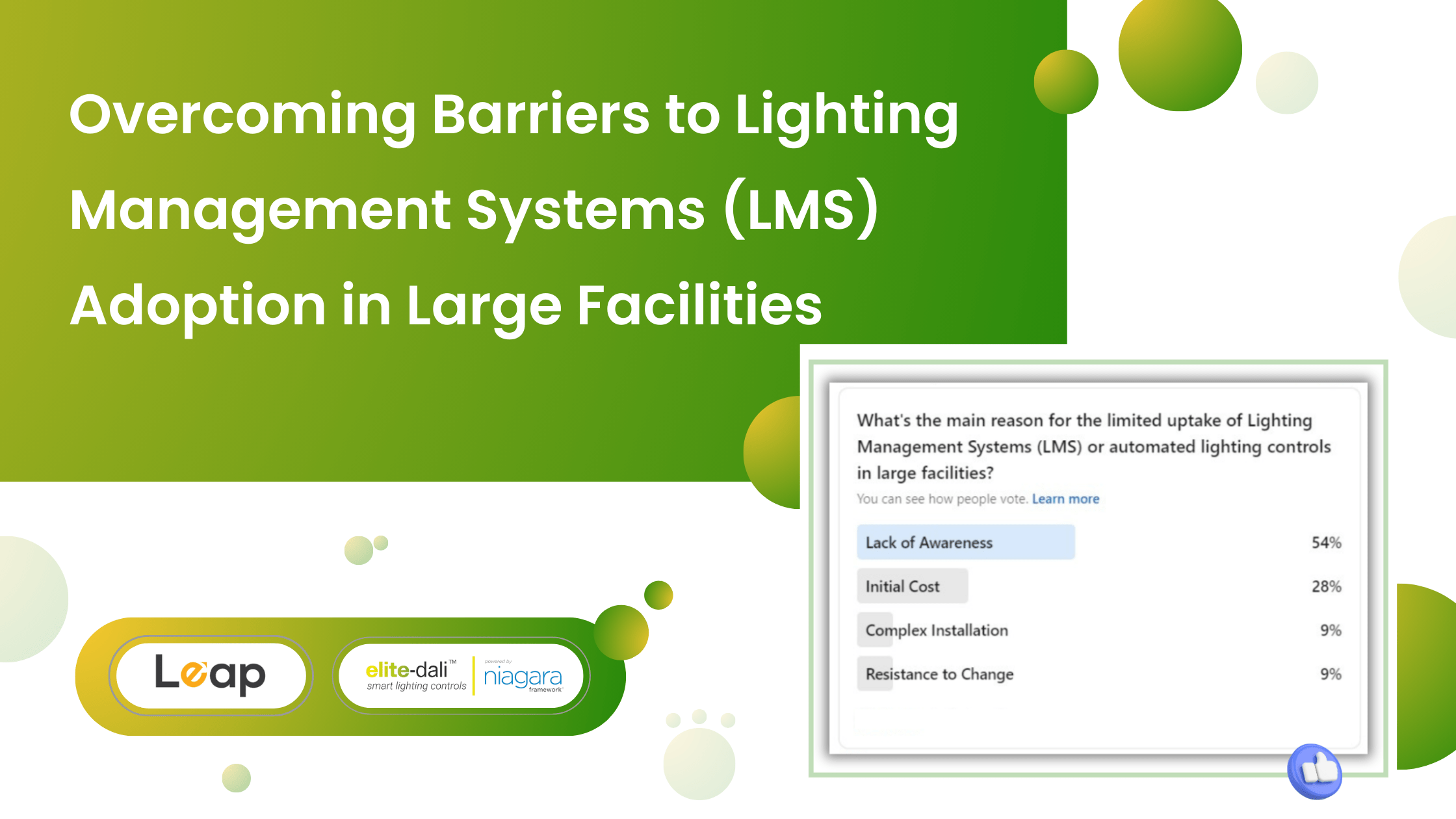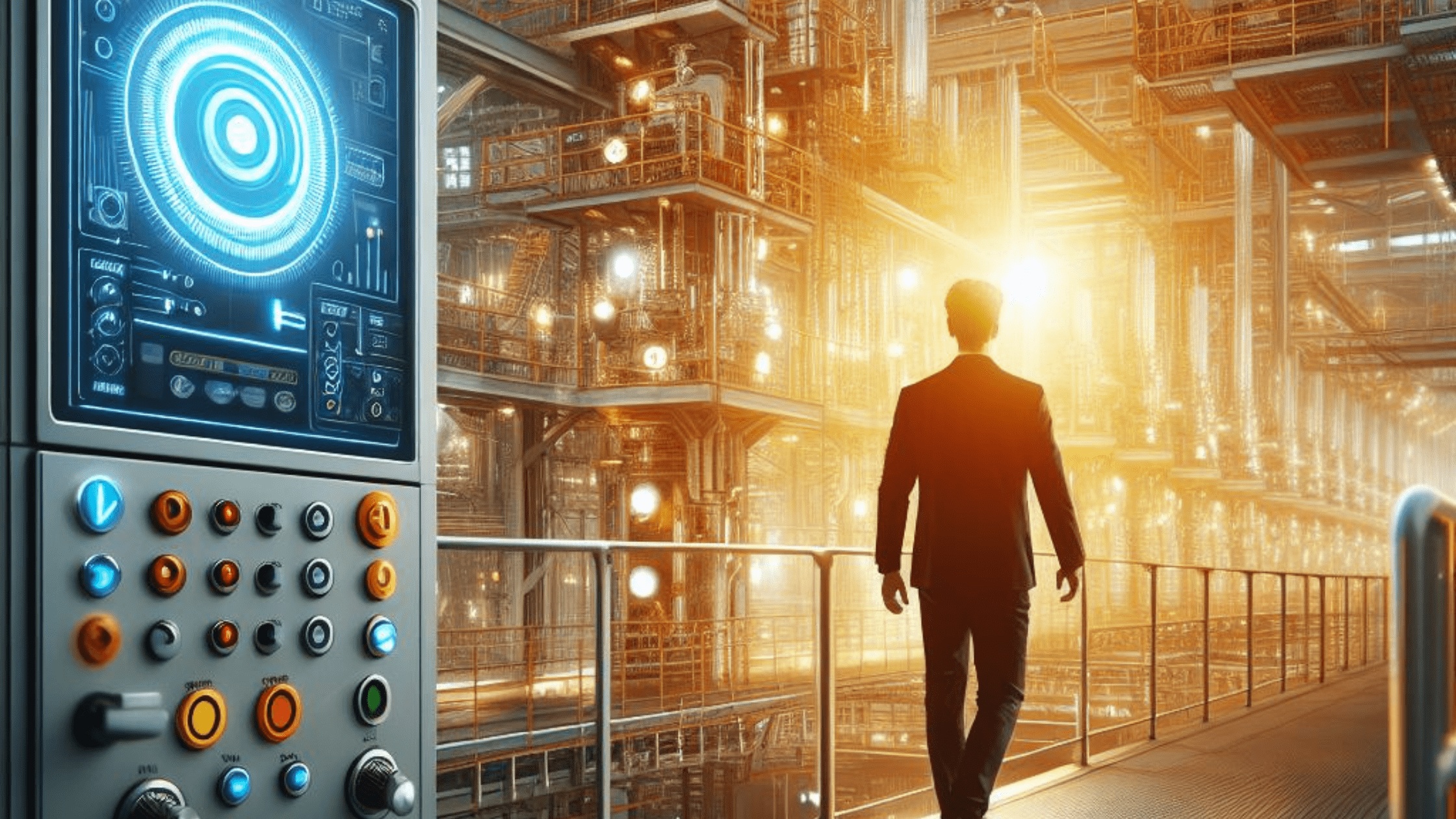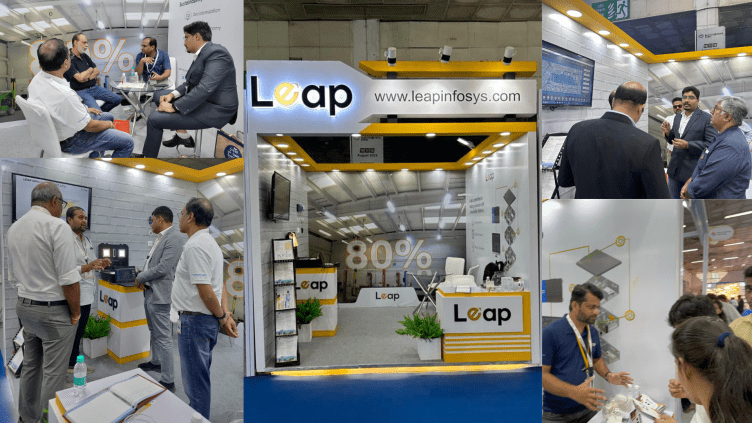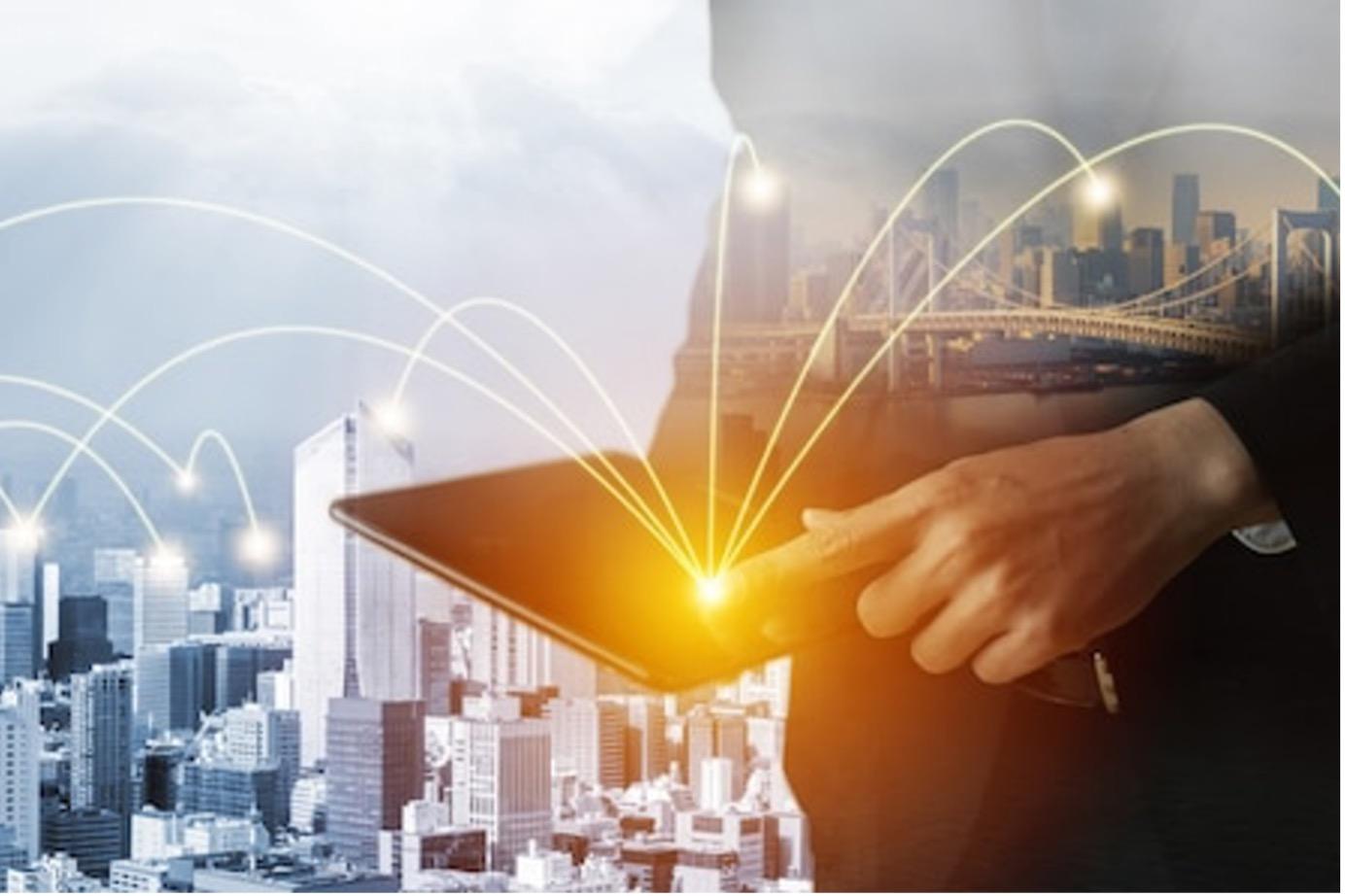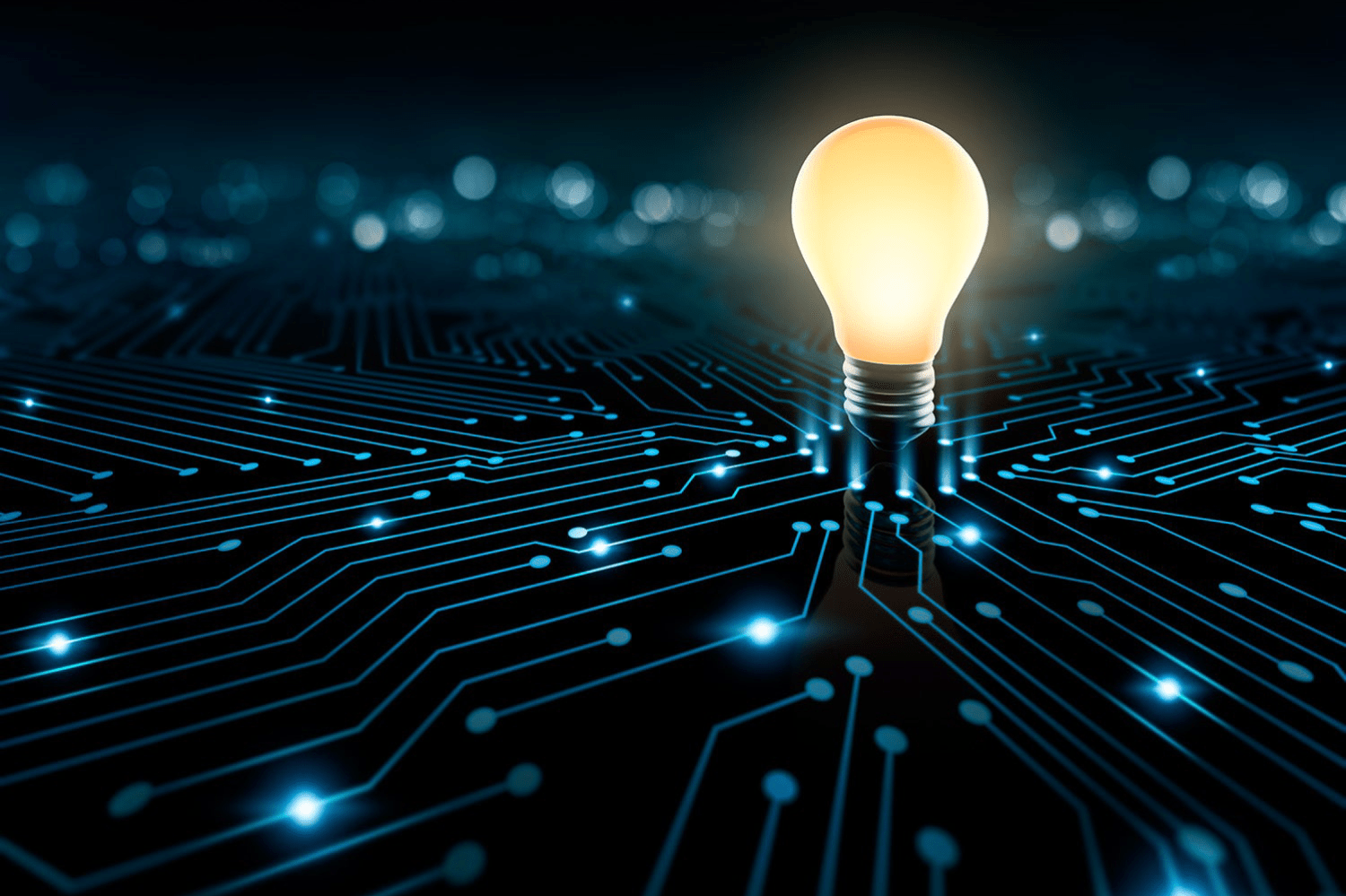Office Lighting Automation; A Key to Building an Intelligent Office
With the emergence of new age technologies, configuration of the office spaces has seen a significant change all around the world. Fortunately, more and more thoughts, research, and money are being invested into building an intelligent yet efficient workspace these days to promote the well-being of workers. A key driver of this is the recent recognition of the important role of office lighting in ensuring employees’ well-being and efficiency.
Table of Contents
The Importance of optimal lighting
Optimal lighting is not commonly seen in offices, this is because most offices are illuminated by static lighting. Static lighting utilizes light sources with a fixed intensity of illumination. In most of these cases, only artificial light sources are used, and these systems focus on providing the maximum intensity while there is little to no focus on occupant comfort. Good lighting stems from combining natural lighting and artificial lighting.
Good natural lighting has a calming effect and positively affects productivity; however, it is dependent on multiple external factors and is therefore unreliable. Artificial lighting, on the other hand, is reliable, but factors like uncontrolled luminosity could cause discomfort to the occupants and affect their productivity negatively. Also, most artificial light sources are not sustainable, and people tend to leave lights on even if they are not occupying a room; this can result in high power consumption and operational costs. This is when dynamic lighting or automated lighting comes into the picture.
With ever growing automation in various facets of our daily life, office lighting automation has seen a sharp growth that enables businesses in optimizing lighting schedules per the room occupancy.
What is automated lighting?
Automated lighting takes the burden of optimizing lighting away from humans. Automated lighting systems use a central control unit, dynamic light sources, and sensors that collect real-time data about available lighting intensity and lighting requirements. This data collected by the sensors are analyzed by the central control unit and based on the data, the central unit controls the intensity of light emitted by the dynamic light sources to optimize the lighting in the building or the room. Automated lighting allows users to address sustainability and maximize occupant comfort and productivity. The issue of occupants leaving the lights on, even after leaving the room is solved by automated lighting.
Why is office lighting automation important?
Workplace lighting is one of the biggest operational costs involved in running an organization. Lighting affects the safety and productivity of an office, hence it is something that cannot be compromised, but continuous use of unsustainable lighting options will only increase energy costs as years go by. Alternatives such as employing alternative energy sources or employing a workforce to control indoor lighting based on real-time requirements are not practical options to go with.
This is where office lighting automation comes into play. An automated lighting control system is less expensive and more efficient than manually controlling lighting.
Building automation systems (BAS), automated lighting controls are helping businesses unlock the benefits of advanced energy utilization and management strategies that enable them to experience the wonders of a smart workspace. Office lighting automation further helps in building a thoughtful facility that gets you optimum operational efficiency.
What lighting automation solutions does elitedali provide?
The solutions provided by elitedali are efficient, smart, easy to integrate, and are based on an open standard framework. elitedali is a certified partner to Niagara for systems integration and development. We work on an open standard IoT (internet of things) platform that makes building automation more intelligent. The solutions offered by elitedali are highly flexible, scalable, and vendor independent.
Connected Lighting Controls:
Connected lighting controls use sensors embedded within lighting systems and shares this data with other building systems such as HVAC, security, and surveillance. Apart from unified management of all building systems, connected lighting controls allow for the personalization of lighting systems and make them more human-centric.
Easy control over intensity and color levels of luminaries, scheduling on and off times and occupancy detection are part of this system. This system also offers energy management and savings functions. The occupancy sensors, daylight demand management, and programmed running times help conserve energy and costs.
Dynamic Daylight Harvesting:
Dynamic Daylight Harvesting utilizes sensors, dynamic light sources, and a control unit to detect the availability of natural light and occupancy of rooms. The data thus collected is used to improve occupant comfort while saving energy consumption costs.
These systems save costs on artificial lighting by optimally limiting the use of artificial light sources to areas where natural lighting is minimal or unavailable. Dynamic Daylight Harvesting offers between 60-70% savings on energy consumption bills by controlling the use of artificial lighting. The automatic fault diagnostic and management system helps minimize maintenance costs by monitoring the system for faults and alerting users to take necessary actions.
This system also maximizes occupant comfort thereby giving up to a 37% increase in concentration and a thirty percent reduction in occupant fatigue.
Human Centric Lighting:
Human-centric lighting uses intelligent controls based on IoT to not only dim the lights but also simulate natural daylight along with its visual, biological, and emotional effects. Lighting that resembles natural daylight is shown to have improved employee performance in offices by 12% and increased their productivity by up to 18%.
A 27% percent reduction in fatigue and a 23% percent enhancement in alertness and satisfaction are other benefits shown by elitedali’s human centric lighting.
Bottom Line
elitedali is a convergent lighting intelligence company which offers market disruptive web based IoT solutions for convergent and integrated lighting controls and automation. elitedali lighting systems use an open standard Niagara framework for convergent lighting controls and automation of DALI intelligent addressable light fixtures.
In addition, elitedali also offers great compatibility with third party luminaries. As a solution, elitedali has convincing statistics showing decreased energy costs and increased employee productivity and satisfaction to prove its efficiency in offering cost effective and sustainable solutions.



